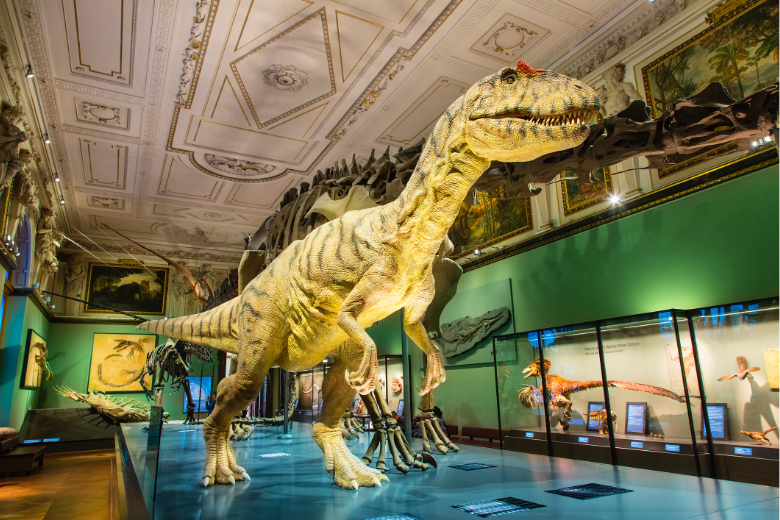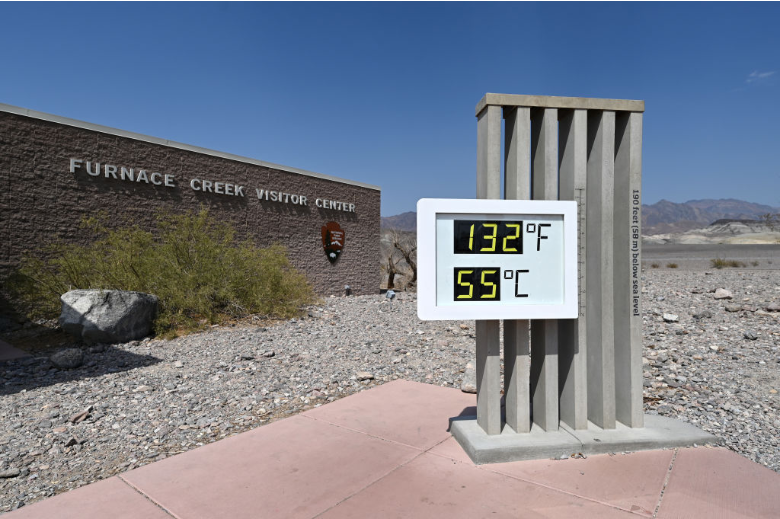There are still those today who see the natural environment as ornamentation, its conservation as the concern of rich countries, and climate change as a purely environmental problem. But the truth is that our very survival as a species depends on all this. What we do to the only home we have, we do to ourselves. Is it possible that we could bring about our own extinction?

A few hundred thousand years ago, several human species roamed the planet; more than ten have inhabited Earth. Today, only we, Homo sapiens, remain, and it is possible that we were responsible for the disappearance of some of the others. What is certain is that we are causing the accelerated elimination of species, which many scientists equate with the five great prehistoric mass extinctions, and that the environmental degradation caused by human expansion and activity is superimposed on the climate change crisis, also caused by us. Then there are the other threats with a human stamp, such as nuclear or biological warfare and uncontrollable artificial intelligence, as well as exogenous risks such as asteroids.
So what are our prospects for survival? We are free to speculate. In 1968, the biologist Paul Ehrlich, in his book The Population Bomb, posited a scenario of population catastrophe for the 1970s and 1980s. Although it never materialised, the overpopulation crisis is undeniable. In 2020, Oxford University philosopher Toby Ord argued in his book The Precipice that there is a one in six chance of an “existential catastrophe” for humanity in the next century. The Doomsday Clock, the graphical indicator maintained by the Bulletin of the Atomic Scientists at the University of Chicago to estimate the risk of global catastrophe, is closer than ever to midnight, the final hour.

When it became clear that Ehrlich’s vision of the future was off the mark, he responded to criticism by claiming that his was not a prediction, but a possible scenario that had been avoided thanks to the warning. According to data scientist Steven Stern, Ord’s speculation could have the same effect—like a self-fulfilling prophecy, but in reverse. A one-in-six chance seems balanced, neither too high to spread panic, nor too low to ignore.
Humans will not last forever; the solar system will die within a few billion years. But our actual end could come much sooner: a 2023 study predicts that within 250 million years all the continents will converge into one, Pangaea Ultima, causing a warming that will wipe out our existence.

But will the end of the world arrive even sooner? Some experts argue that humans have proven to be an unusually adaptable and resilient species. Others suggest that we are pushing the limits of planetary habitability too far, and have in fact already sown the seeds of our own extinction. Ultimately, the only thing we know for sure is that, in the words of University of Oxford researcher Anders Sandberg, “there’s a big enough risk of such a disaster in our lifetimes that we should work hard to fix the world”.
Comments on this publication